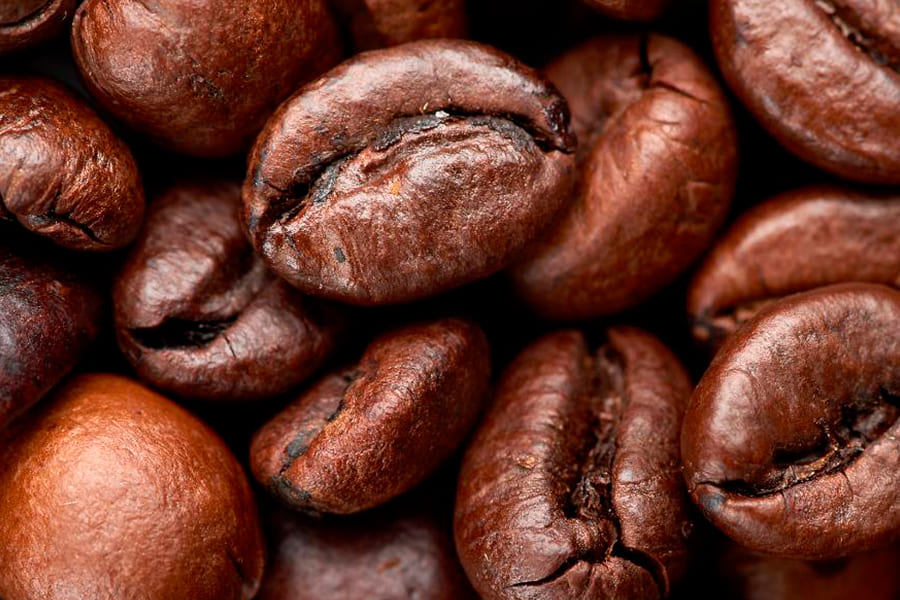Grain Robusta
Robusta coffee originates from West Africa and its cultivation accounts for 40 - 45% of world coffee production, mainly centred in Vietnam, Indonesia and Uganda.
The coffee tree is different in that it can grow in less strict conditions, it grows easily in soil above 200 metres in altitude and in conditions of humidity and climatic stability. It can grow on smaller plots of land and the plantations yield much higher yields and larger harvests, as well as being more resistant to pests and diseases.
Robusta coffee beans are characterised by higher levels of caffeine, around 2 - 2'5%, and have a stronger, not as sweet, more bitter taste, combined with hints of nuts and wood. They also have a rougher, creamier texture and do not give off as much aroma.
These characteristics of robusta coffee make it ideal for the preparation of espresso and instant coffees.
Main differences between Arabica and Robusta
Arabica coffee:
- It originates from the species Coffea arabica
- It accounts for 60 - 70% of world production.
- It has a fruity, sweeter taste and more aroma.
- It has a maximum caffeine concentration of 1.7%.
- It is mainly produced in Colombia, Brazil and Ethiopia.
Robusta coffee:
- It comes from the species Coffea canephora.
- It accounts for 30-40% of world coffee production.
- It has a stronger, earthy, woody, more bitter taste.
- It has a concentration of 2.5% of caffeine.
- It is produced in Vietnam, Indonesia and Uganda.




